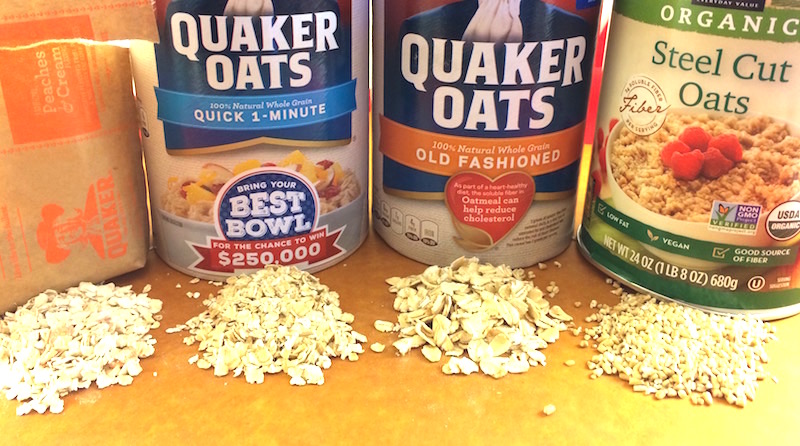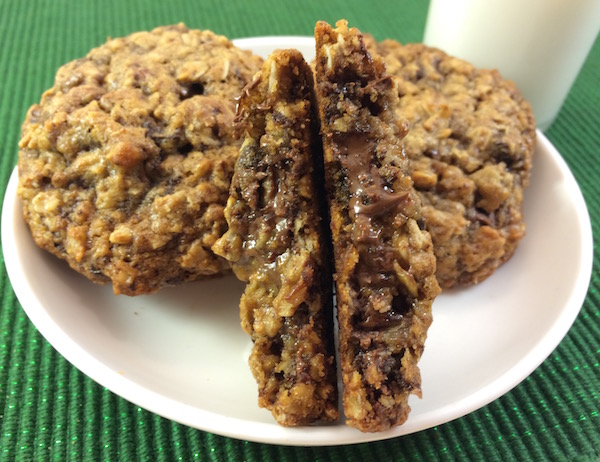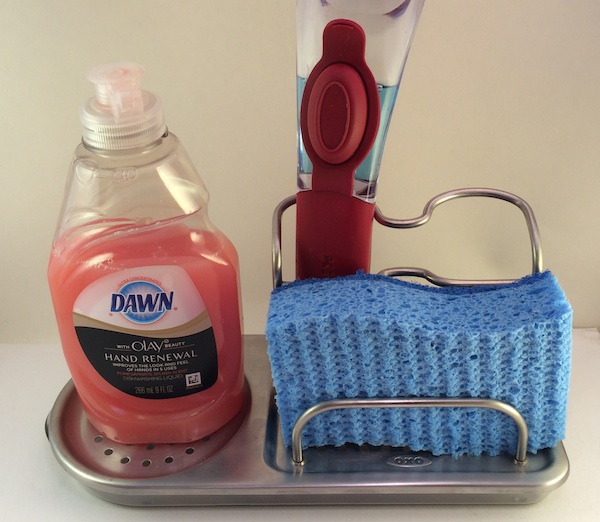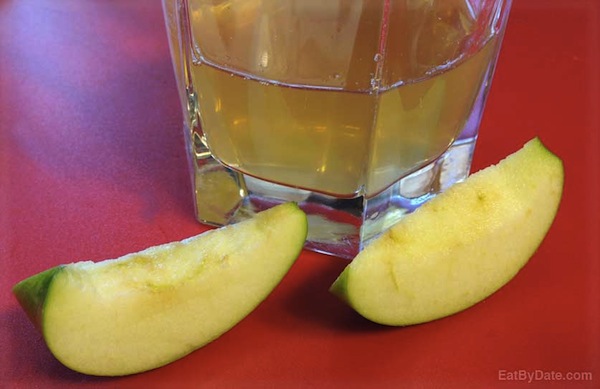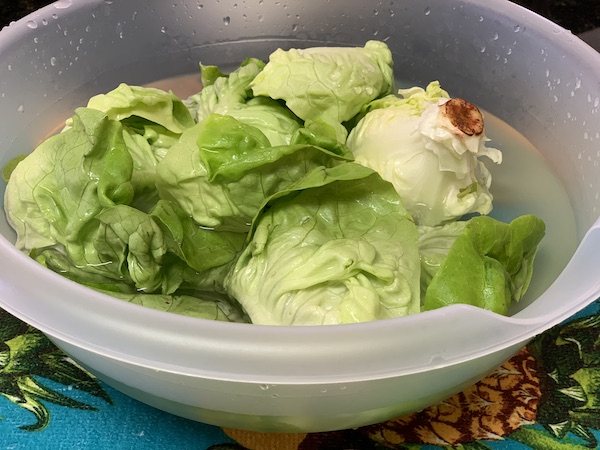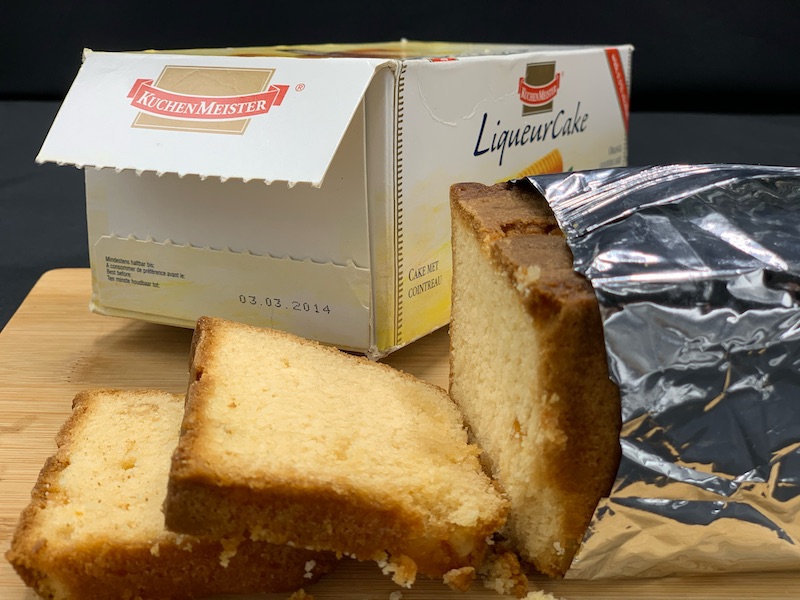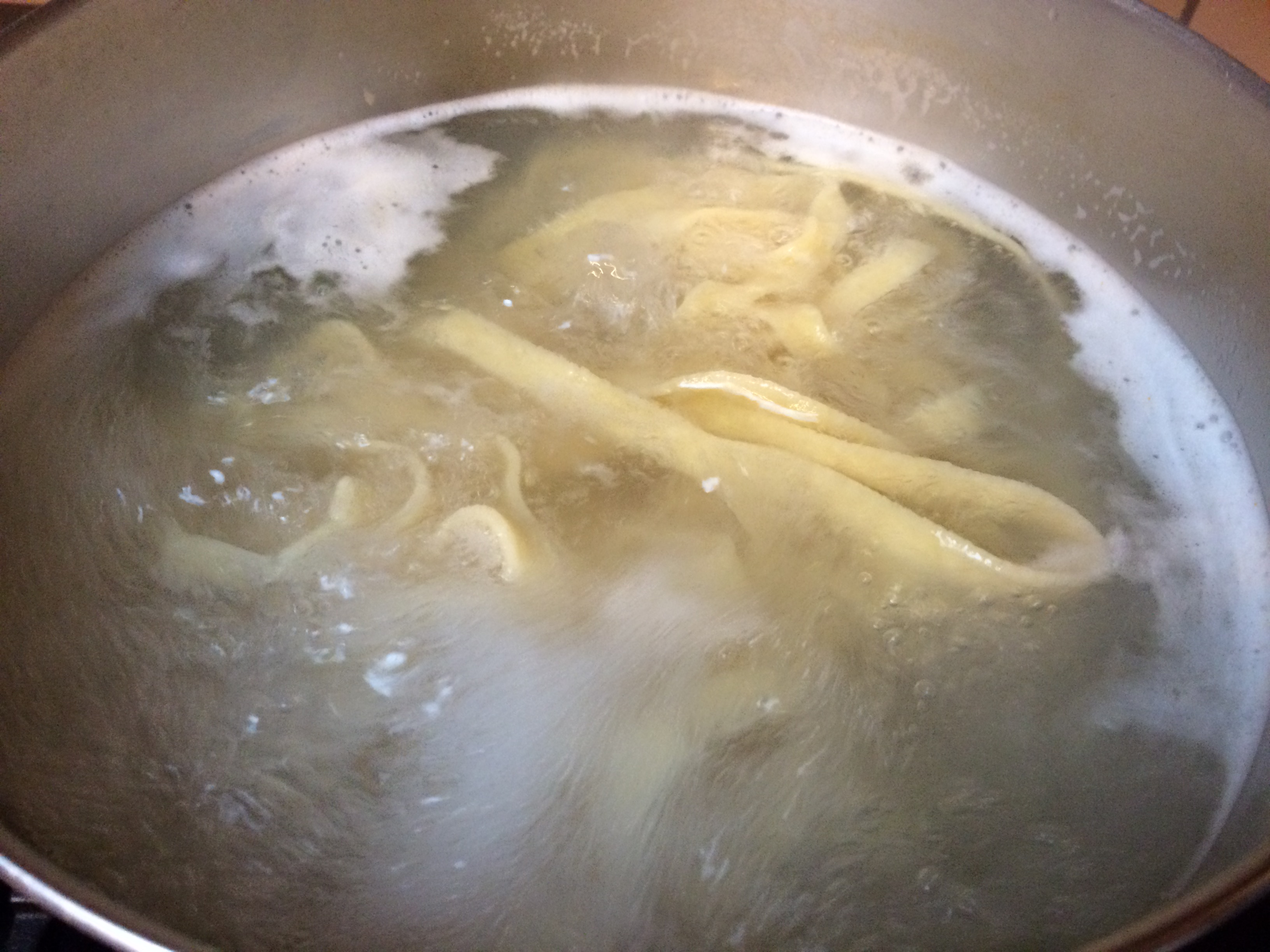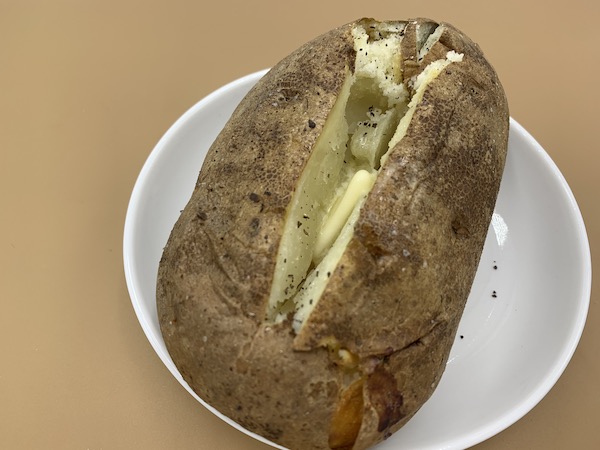What is the Best Type of Mixing Bowl?
Question:
What is the Best Type of Mixing Bowl?
Answer:
Each type of mixing
bowl has advantages and disadvantages, depending on
the task
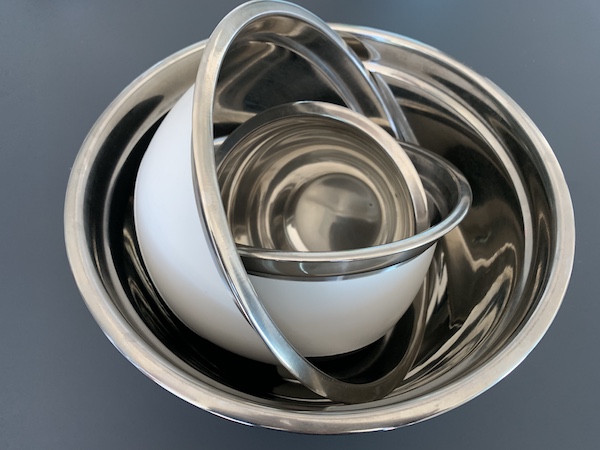
What is the Best Type of Mixing Bowl?
Mixing bowls can be made from all sort of materials. Let’s explore the most common materials used to make mixing bowls as we point out the main advantages and disadvantages of each.
Stainless Steel Mixing Bowls

Stainless steel mixing bowls are lightweight and also inexpensive. They stack well and come in many different sizes. It’s easy to lift an entire stack of stainless steel mixing bowls. There’s also no worries of these bowls breaking or chipping (although they could become dented if handled very roughly). Metals conduct heat, so these bowls can also perform as a double boiler over a pot of boiling water. They can also be placed into the fridge or freezer to be chilled in preparation of whipping cream or chilling prepared cookie dough.
Glass Mixing Bowls
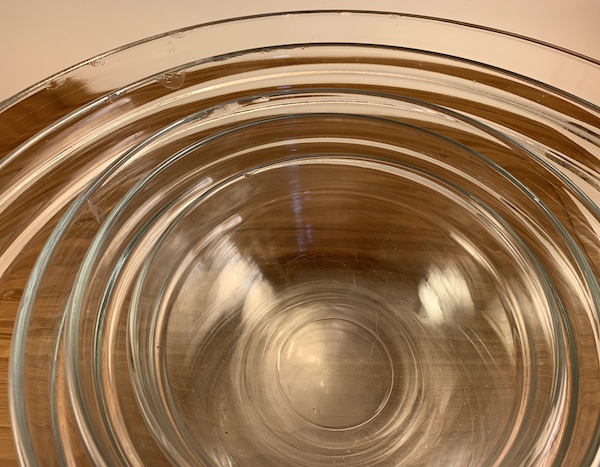
Glass mixing bowls are heavy. Stack a few of these within each other and you will need two hands to get them out of the cupboard. This same weight can be an advantage when whipping or another task where the bowl should remain still. Another advantage to glass mixing bowls is that they can also be used as serving bowls (gotta love prep & serve in the same bowl). See through glass has viewing advantages for both mixing and serving and then especially for storing. Another disadvantage of glass bowls is that they can chip, check the picture to see that these have already taken a beating. Glass shards in food can be very dangerous and almost invisible to try and pick out if they should happen to fall into the food.
Plastic Mixing Bowls

Plastic mixing bowls are colorful and can coordinate with the rest of the kitchen or add a pop of color to an otherwise bland workspace. If they have a spout, which glass and steel bowls generally never do, it can be useful for pouring. If they have a reinforced base, it may stay in place beautifully with vigorous mixing. Another plus here is that they often come with lids so can double as storage containers or convenient handles that other types of mixing bowls do not have. But, plastic is not as durable as glass or steel and it can easily be scratched, harbor odors and show stains.
Ceramic Mixing Bowls

Ceramic mixing bowls can be colored to match dishes or even present beautiful designs. These bowls can even double as serving bowls because of their beauty. They may even be microwave and oven safe, which all the others are not, but check the bottoms to be sure before trying. These bowls are generally heavier than the other types of mixing bowls but can also chip and even break more easily than other types.
Those are the top four most popular types of mixing bowls. The following are less common, but still viable options for those who find certain advantages worthwhile.
Copper Mixing Bowls

Copper mixing bowls can be beautiful, but they will take a little extra elbow grease to remain clean and shiny. They are also usually the most expensive among all the mixing bowl categories. The best use of a copper mixing bowl is to beat egg whites as the copper ions react with the whites to help stabilize the mixture.
Silicone Mixing Bowls
These bowls are newer to list. They are generally thin and always quite flexible, which also allows for some misshapen results if not cared for properly. These bowls can also retain odors. They generally come in smaller sizes and are made for gentler mixing and not well suited for the heavier tasks of a working kitchen.
Wood Mixing Bowls

Wooden mixing bowls can be beautiful, but they should generally be kept as salad bowls and not become workhorse mixing bowls. They are porous and take extra maintenance with frequent re-sealing. They will also take up more space in the cupboards.
Combination Mixing Bowls

A combination, it turns out, is our personal
favorite.
We really like these stainless steel bowls that were
upgraded to be the best of both worlds. They are
stainless steel inside and therefore retain all of
those qualities. Added to that is a non-skid
silicone bottom which keeps them from slipping along
the counter. This becomes a big plus when mixing
with a hand mixer that can force a pure stainless
steel bottom to slide across the countertop. The
other plus on these bowls is an enamel side around
the outside providing beauty and protection while
matching or coordinating color to most any kitchen.
They also have a nice lip around the top edge to
allow for easy gripping of each bowl. Using these,
even if caught in the middle of making a dessert,
provides counters that will still look pretty!
What is the Best Type of Mixing Bowl?
Additional Info
Here are some of our favorite mixing bowl choices within some of the different categories mentioned above.
A good choice for glass mixing bowls bowls:
A good choice for stainless steel mixing bowls:
A good choice for plastic mixing bowls:
A good choice for combo mixing bowls:
If you’re also looking for pots and pans, see our comparisons in that category.


